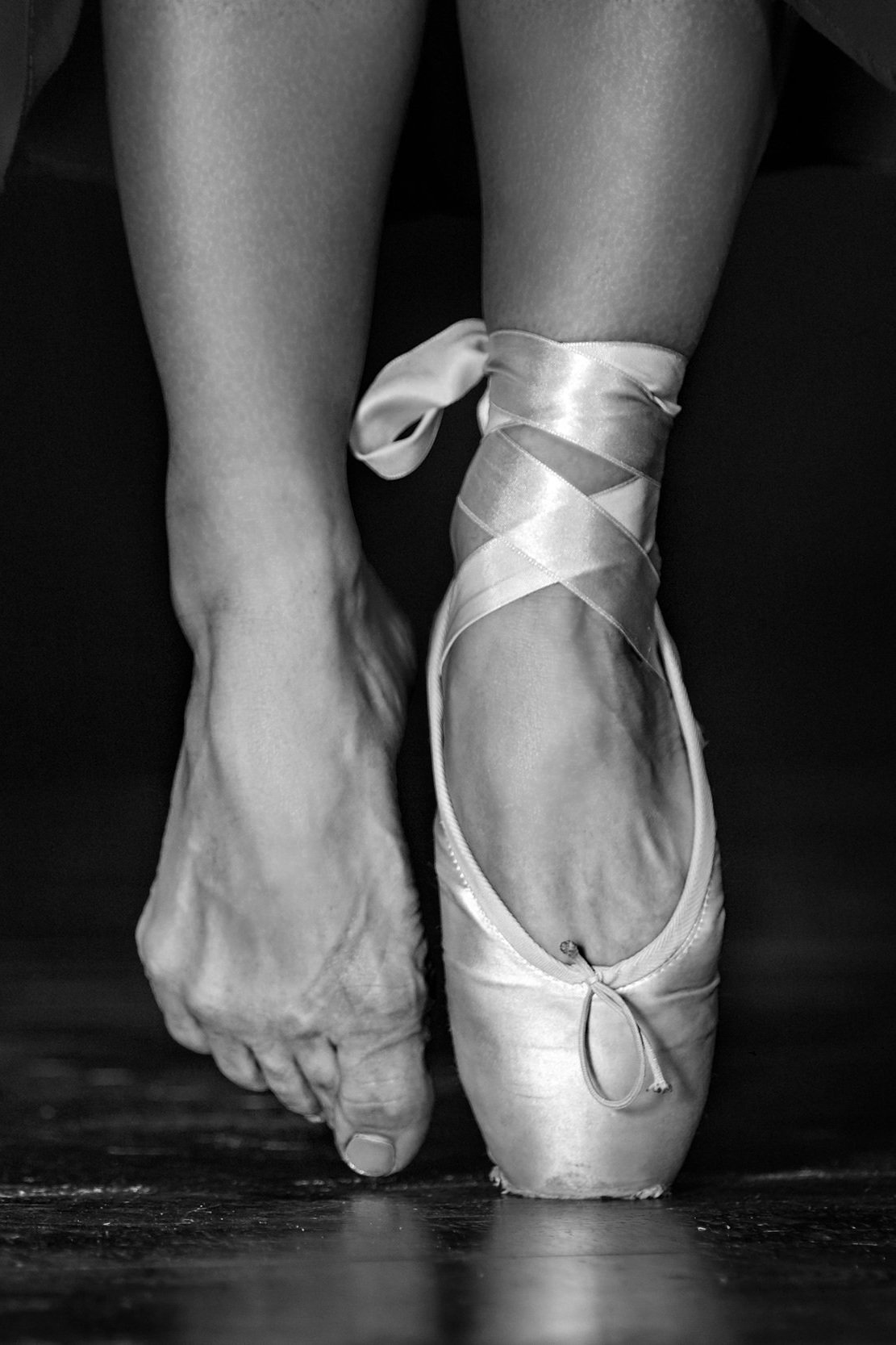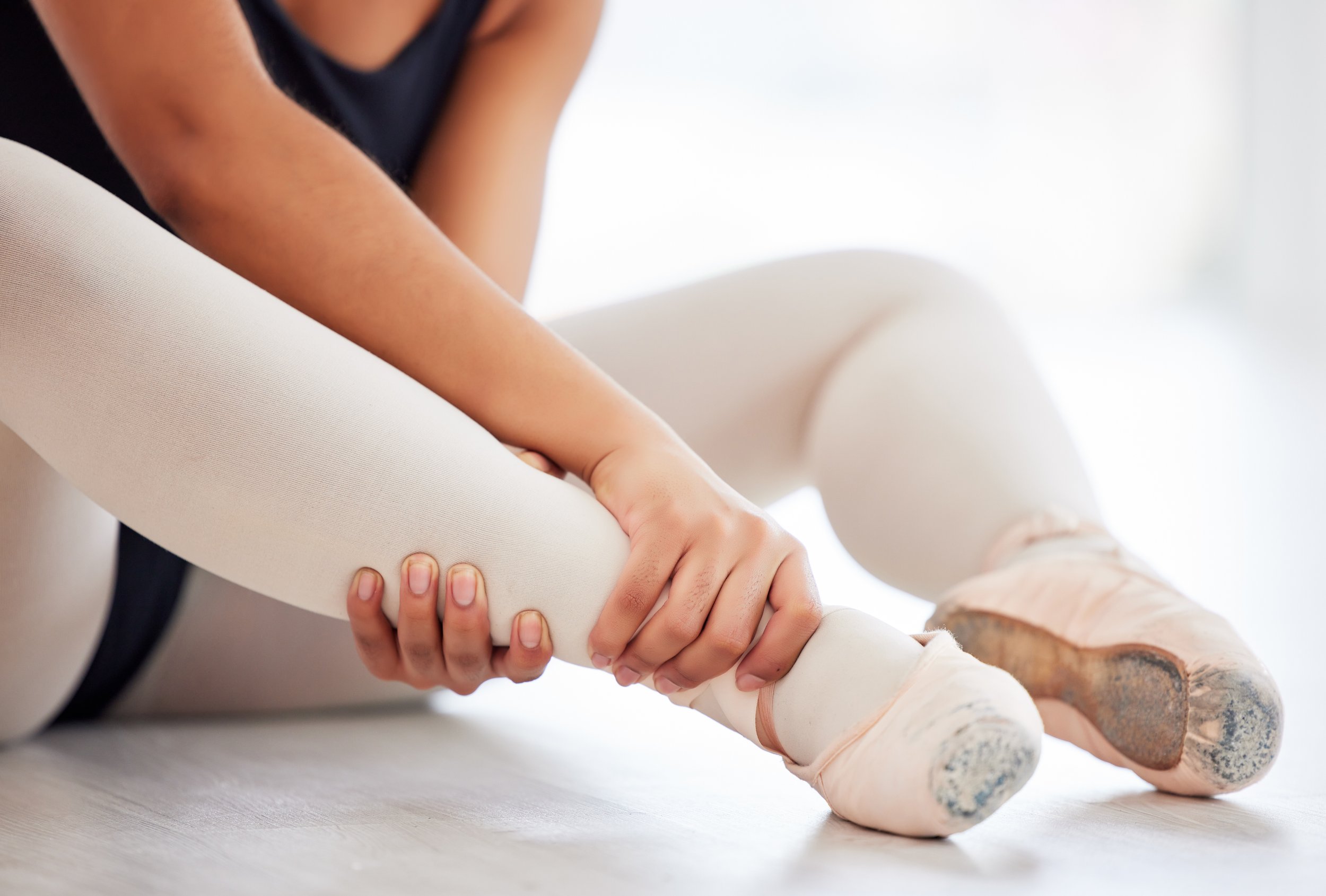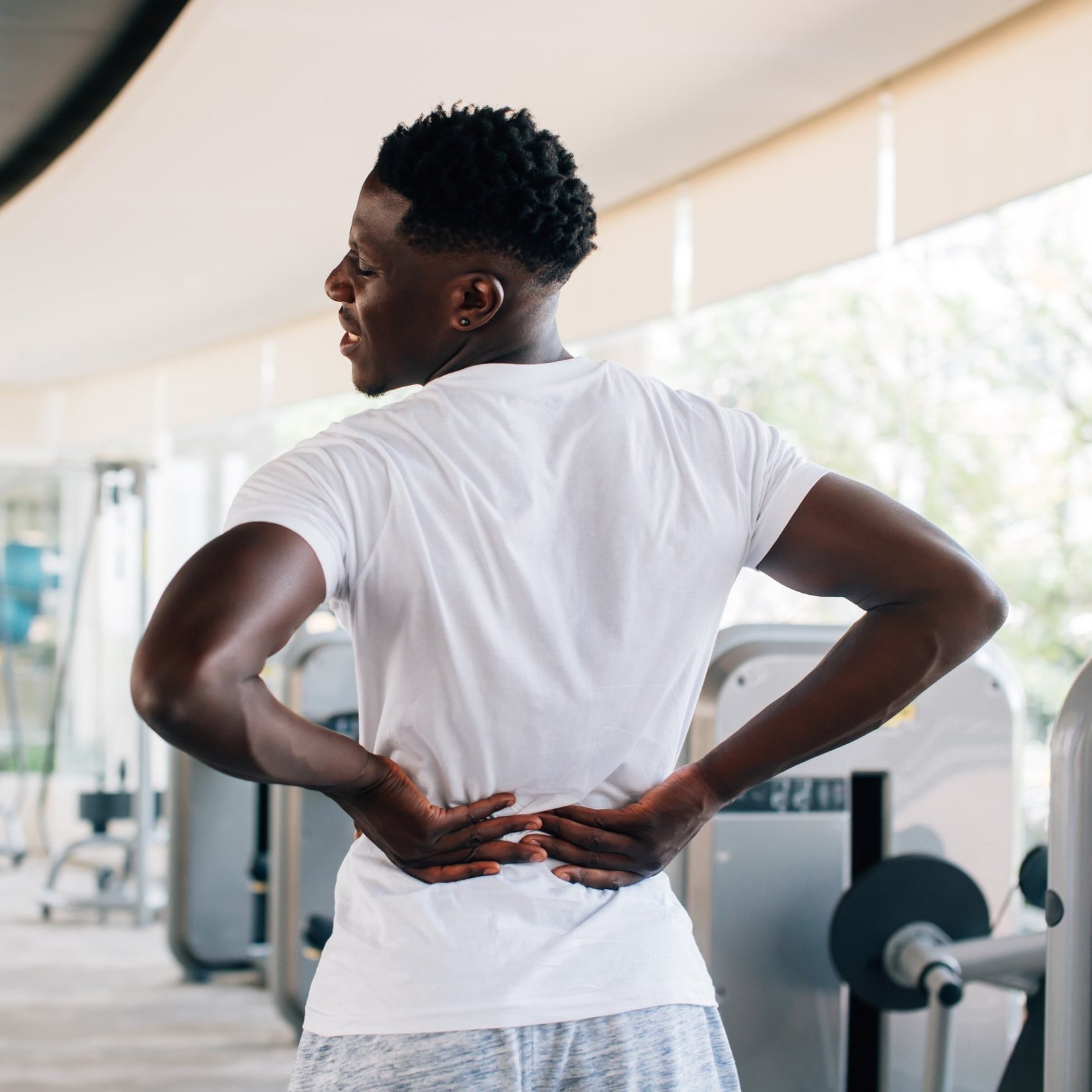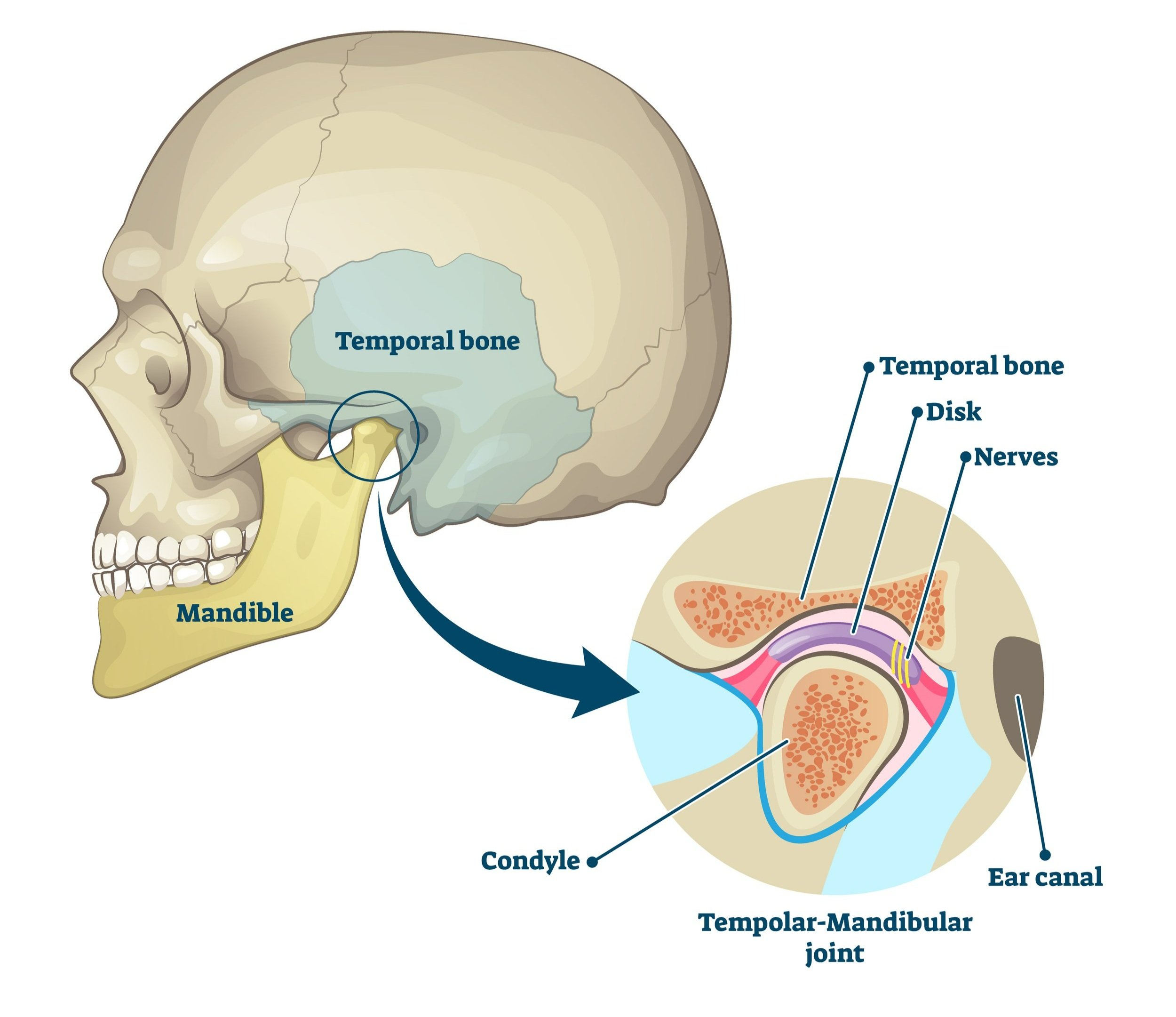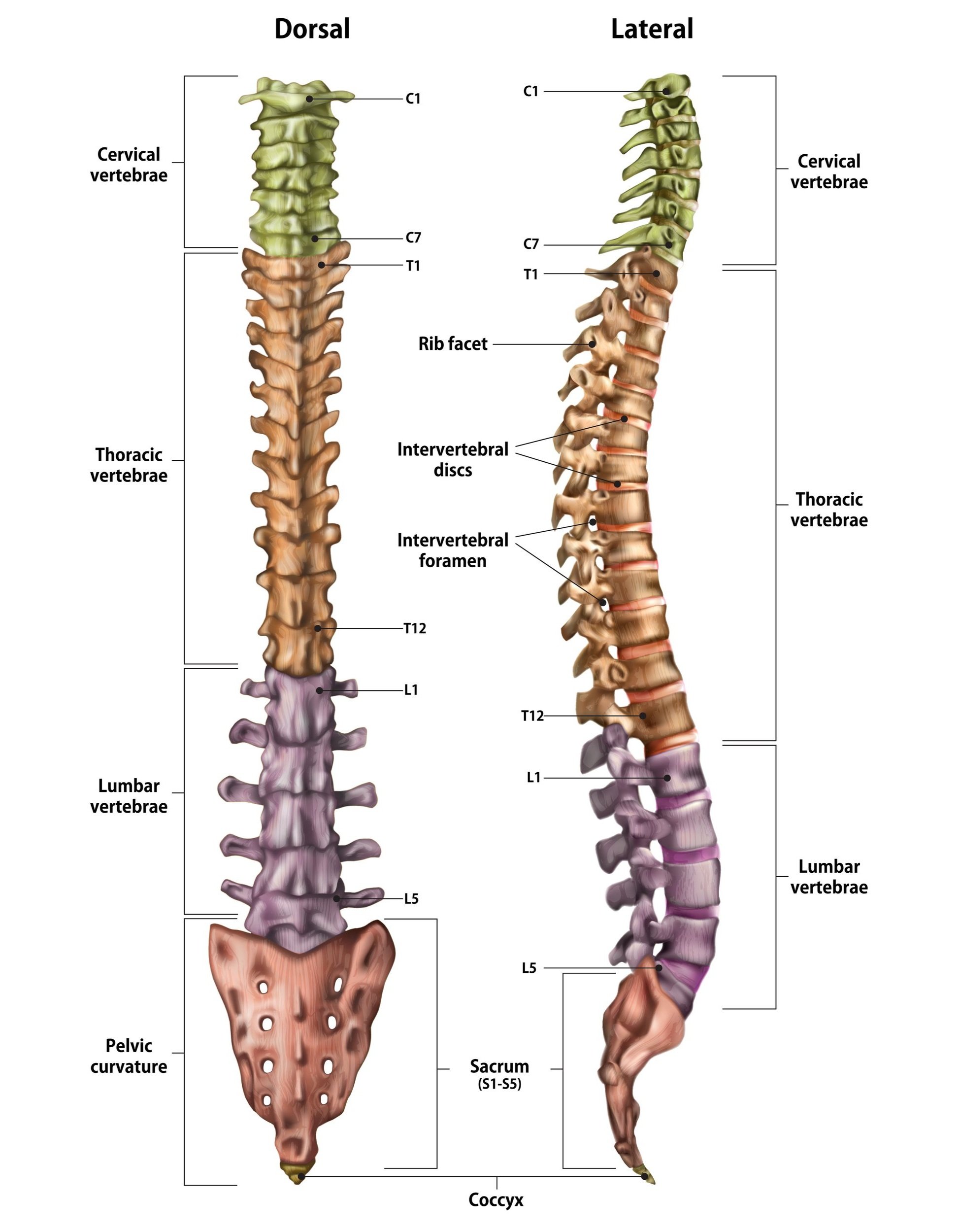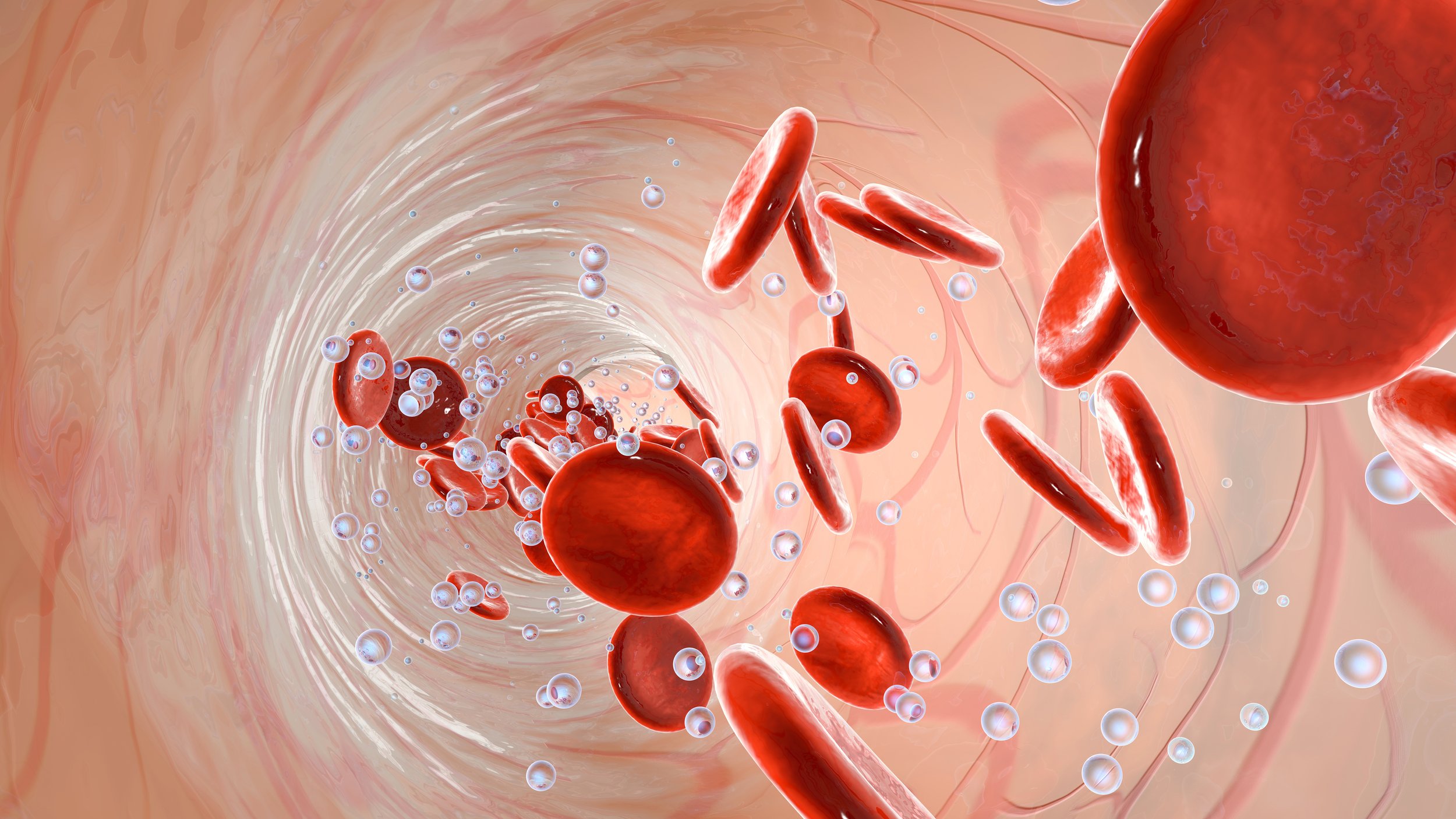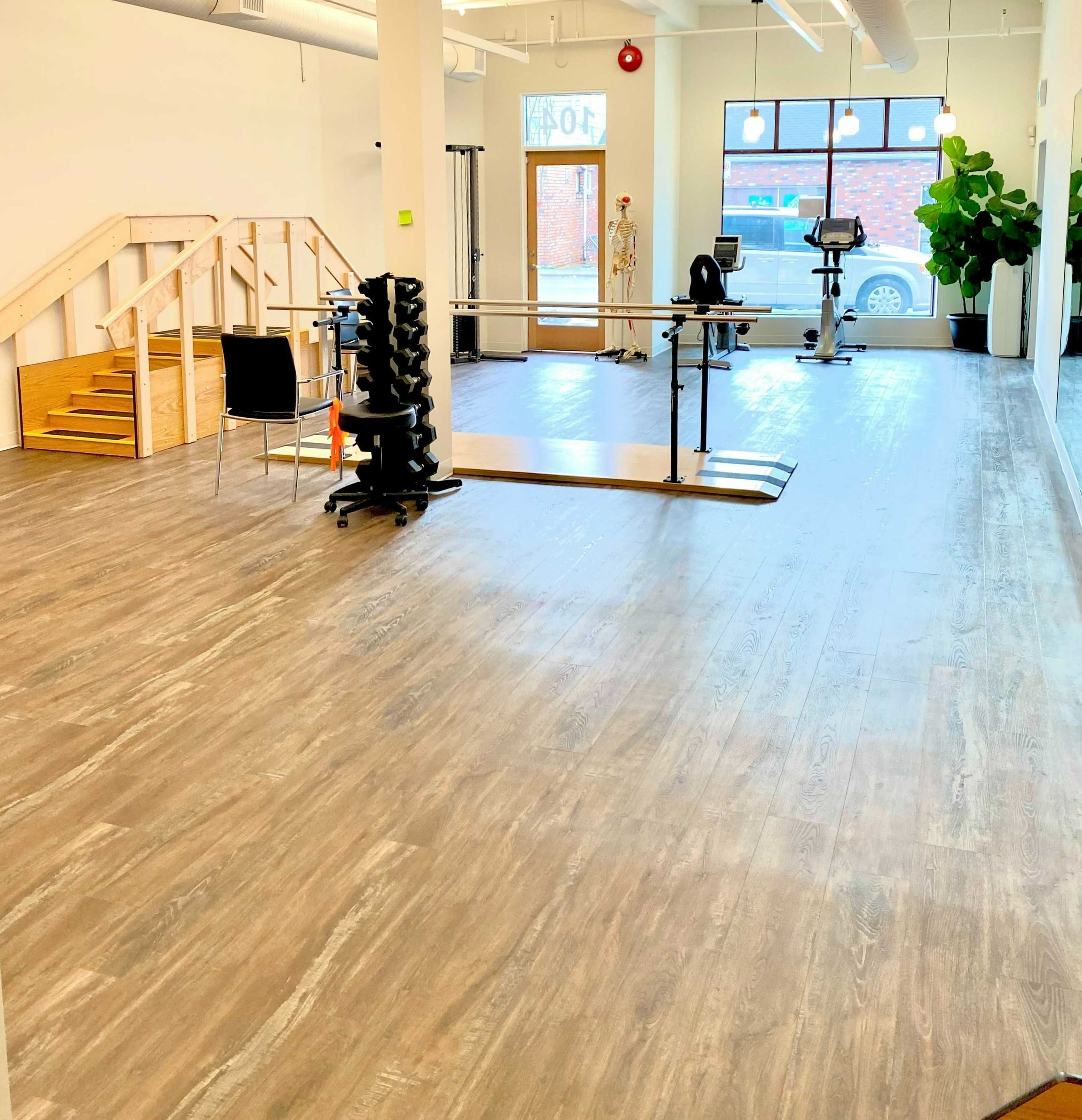When I was a young dancer, I remember wrapping ribbons around my ballet shoes and going on my highest tippy toes pretending I was in pointe shoes. I couldn’t wait to turn 13 so I can start dancing en pointe like all the big girl ballerinas.
Then came the day! I got my first pair of pointe shoes and had my first pointe class. Within a few minutes I remembered thinking, “ow this hurts”, followed by “this is much harder than it looks”. I spent the next 5 years struggling through pointe classes and performances, accompanied by lots of ankle sprains, painful blisters, bunions, and blackened toenails (that would occasionally fall off).
Looking back now, I wish someone would have told me that I was not ready to start pointe at 13.
There is a misconception that all ballet dancer’s are ready to start pointe by the age of 11-13 years of age because of sufficient bone maturation. This is false! Yes, bone maturation is important but is not the sole marker.
When it comes to pointe readiness, a strong ballet foundation, and adequate mobility, strength, and body control is imperative for a dancer to be successful en pointe.
“There’s no reason to get a young dancer on pointe if she cannot do anything once she is there.”
- George Balachine
The Pre-Pointe Assessment: What's The Pointe?
A pre-pointe assessment goes beyond just the dancer’s feet. We take a thorough look at the dancer as a whole. During the assessment, the physiotherapist will examine overall mobility, strength, balance, body alignment, trunk and core stability, and neuromuscular control. These components are all critical in pointe work. The purpose of a pre-pointe assessment is to identify deficits in each category and to provide corrective steps to address the problems to reduce risk of injuries once en pointe.
What should I expect at a pre-pointe assessment?
At the beginning of the session, the physiotherapist will ask a series of questions to better understand the dancer's background and medical history. After that, the dancer will be asked to perform a series of dance and non-dance specific tests and movements.
It is recommended that dancers dress in clothes they can dance in (ie bodysuit, tights, shorts, leggings, athletic wear) and dance shoes (for turning). After the assessment, the physiotherapist will debrief and provide recommendations and exercises based on the findings from the assessment.
What are the risks of starting pointe before a dancer is ready?
There are several risks with rushing to pointe work, including:
Overuse injuries: inadequate strength of foot and ankle muscles will cause compensations up the chain including knee, hips and low back, as well as stress fracture in the foot
Strains & sprains: dancers with inadequate ankle strength put themselves at risk for ankle sprains and chronic ankle instability
Foot malalignment: poor pointe technique can put unnecessary stresses through foot joints which overtime can lead to irreversible deformities such as bunions and hammer toes
Successful pointe work requires a lot of patience, commitment, and a willingness to listen to and apply corrections. Having the right attitude and expectations going in lay the foundation for a successful transition to pointe.
If you’re considering starting pointe work, book an assessment with Anh at Ladner Village Physiotherapy online, by email or phone at (778) 630-8800.


